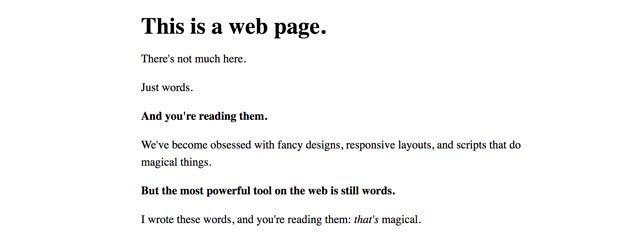articles or thoughts
Frequently asked questions (FAQ) – we are developing an effective FAQ section
 As you know, of course, the FAQ (Frequently asked questions) are frequently asked questions that are collected and highlighted on a separate page. Thanks to it, the user will be able to find the answer to his question without asking the forum or support service (support). The ideal FAQ page helps to deal with the site without any third-party support, unfortunately, in most cases this does not happen. The success of the FAQ depends on how well this page is designed and what is placed on it. In this article, written on the basis of the publication Designing Effective FAQ Pages, I want to make out some aspects and basics of a proper, working section in frequently asked questions. Continue reading
As you know, of course, the FAQ (Frequently asked questions) are frequently asked questions that are collected and highlighted on a separate page. Thanks to it, the user will be able to find the answer to his question without asking the forum or support service (support). The ideal FAQ page helps to deal with the site without any third-party support, unfortunately, in most cases this does not happen. The success of the FAQ depends on how well this page is designed and what is placed on it. In this article, written on the basis of the publication Designing Effective FAQ Pages, I want to make out some aspects and basics of a proper, working section in frequently asked questions. Continue reading
Where and how to make a designer online
 We are introducing to the guest post from blogger designer Onjee about where you can earn a designer on the Internet, what activities there are and how they differ.
We are introducing to the guest post from blogger designer Onjee about where you can earn a designer on the Internet, what activities there are and how they differ.
At present, it is not so easy to find a suitable and well-paid job, even for a knowledgeable, knowledgeable person. The crisis and any other nonsense oppresses, some design unemployment is inherent in many cities far from the capital, which cannot be said about the Internet. After all, it is on the Internet, with certain good skills you can always earn wherever you live .. If you studied and know how to work in graphic editors (photoshop, illustrator, etc.), then you have every chance to gain a foothold in the web design market and earn good money. Continue reading
Using textures in web design
 What is the easiest, correct, and sometimes the only possible way to create the illusion of the relief of an element (object) in web design (as well as in 2D in general, and of course 3D)? Correct – use texture! Being a “material” universal, textures are widely used in web design and are subject to endless experiments. Textures on the sites can be found as simple, which only emphasizes certain elements of the project, and much more complex implementation. Inspired by this publication, I propose to consider several options for using textures:
What is the easiest, correct, and sometimes the only possible way to create the illusion of the relief of an element (object) in web design (as well as in 2D in general, and of course 3D)? Correct – use texture! Being a “material” universal, textures are widely used in web design and are subject to endless experiments. Textures on the sites can be found as simple, which only emphasizes certain elements of the project, and much more complex implementation. Inspired by this publication, I propose to consider several options for using textures:
“THIN” USE OF TEXTURE Continue reading




